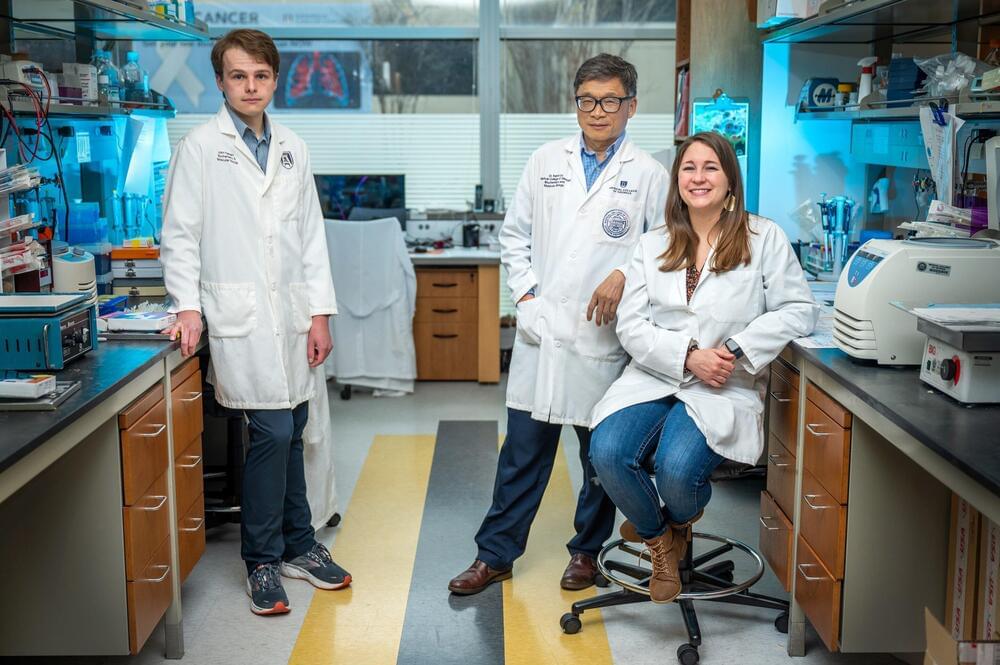The unique radiation emitted by heated or electrified elements has been converted into sound, enabling us to hear the distinctive chord each element produces. Although the idea has been tried before, advances in technology have now made it possible for a far more complete and subtle sonification of the periodic table.
When elements are energized electrons can jump to higher energy levels. Eventually, they return to their ground state, releasing a photon in the process. The wavelength of the photon depends on the size of the energy gap between the excited state and the ground state – more energy produces higher frequency/shorter wavelength light.
The discovery of this fact has proven crucial for our understanding of the universe. We can identify the elements in a star billions of light-years away from the distinctive wavelengths it emits, known as its emission spectra. At the American Chemical Society’s Spring Conference over the weekend, the University of Indiana’s W. Walker Smith demonstrated the result if every element’s electromagnetic spectrum is converted to sound.



